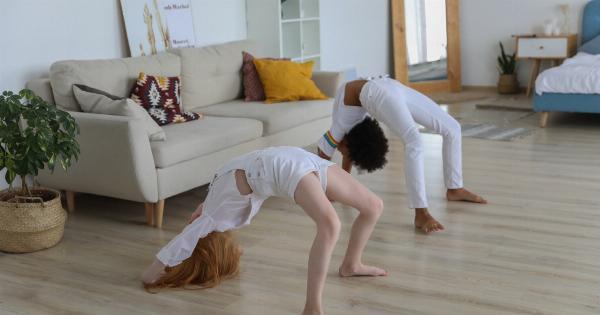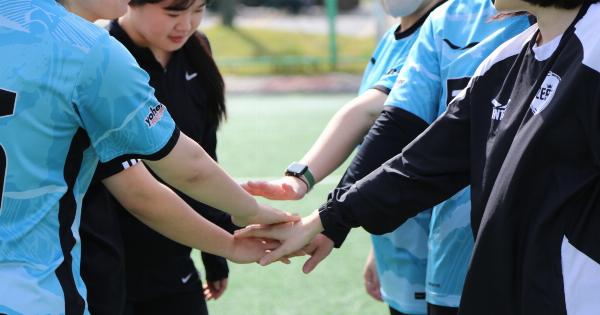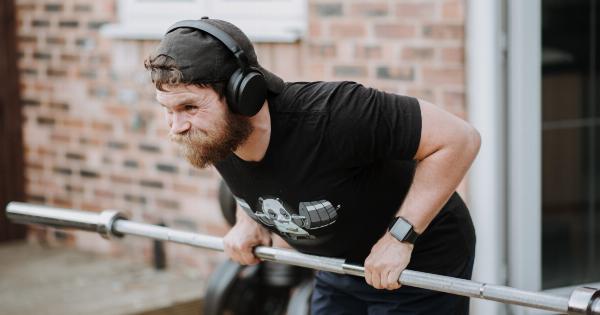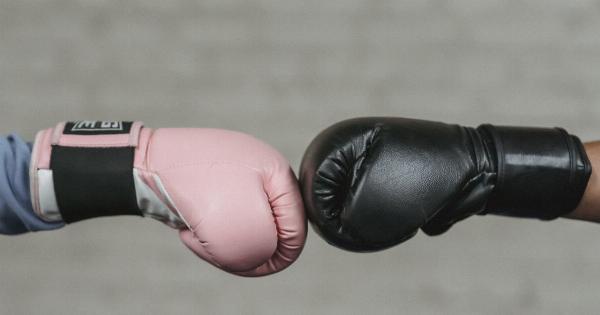Gymnastics is a sport that requires discipline, focus, and dedication to reach the desired level of mastery. Athletes who want to excel in this sport must practice consistently to improve their skills.
However, when it comes to gymnastics, finding the optimal practice time can make a significant difference in performance.
That said, choosing the right practice time involves understanding the human body and its functions.
For instance, when is the body at its most alert? When is it most receptive to learning new skills? And what time is the best for building agility, strength, and flexibility?.
In this article, we will discuss the best times of day to practice gymnastics, based on scientifically-backed research and expert opinions.
Whether you are a beginner or a seasoned athlete, knowing the optimal gymnastics practice time can help improve your skills and overall performance.
The Best Times of Day to Practice Gymnastics
Early Mornings
In popular culture, some people say that the early bird catches the worm. And when it comes to gymnastics, early mornings are the optimal practice time for some athletes.
The reason is that the body is at its most alert during the first few hours after waking up. Studies show that cortisol levels, often called the “stress hormone,” peak early in the morning, leading to increased energy and mental sharpness.
This hormonal change can lead to improved performance in activities that require attention, focus, and coordination. Practicing gymnastics in the morning will help the athlete’s body become more primed for the demands of the sport.
Late Afternoons and early Evenings
The afternoon and early evenings are also great times for gymnastics practice, especially for athletes who are not early risers.
The body’s temperature, muscle function, and strength are at their peak in the late afternoon, making it the perfect time to build endurance, strength, and flexibility.
Practicing gymnastics during these hours can help athletes achieve optimal performance in these areas and enhance skill acquisition.
Before Bedtime
While not the most popular time for gymnastics practice, training before bedtime can have its benefits. Gyms and training areas are often less crowded during evenings, making it an ideal time for uninterrupted practice.
Additionally, the body’s cortisol level tends to decrease towards bedtime, which can lead to a more relaxed state.
A relaxed state can be beneficial for gymnastics training as it helps athletes remain focused on their movements and stay calm while learning new skills.
It’s also an excellent way to unwind after a long day, making it a great practice time for those who prefer to train in a peaceful environment.
What is the Best Time for Injury Prevention?
While the optimal gymnastics training time is mainly dependent on an athlete’s personal preference, certain times of day may be better for injury prevention than others.
Studies show that injury rates tend to be lower during early evening training sessions. The reason is that athletes are more awake, alert, and less tired than they are during morning sessions.
Therefore, they are more cognizant of their movements and tend to have better control during their training, reducing the likelihood of injury.
Factors to Consider when Choosing the Optimal Gymnastics Practice Time
Although the times of day discussed above are beneficial for gymnastics training, there are other factors to consider when choosing the best practice time for an individual.
Sleep Cycle and Circadian Rhythm
As previously discussed, cortisol levels are highest early in the morning and start decreasing towards the evening. These levels are also affected by sleep cycles and the body’s natural circadian rhythm.
Therefore, although early mornings may be the most optimal time for some athletes, it may not be the case for all since it depends on their sleep cycle.
Athletes who have difficulty waking up early in the mornings may struggle to perform at their best during early morning training sessions.
Energy Levels
Energy levels can also be essential when choosing the optimal gymnastics practice time. Athletes who tend to feel more energetic in the afternoon may not perform at their best during early morning sessions.
Athletes should choose the practice time that aligns with their energy levels, so they are alert, focused, and ready to perform at their best. Factors that can impact energy levels include diet, hydration, and sleep quality.
Personal Schedule and Availability
Ultimately, the optimal practice time is dependent on the athlete’s personal schedule and availability.
If an athlete is not a morning person or has other commitments early in the morning, then they should practice during a time that fits their schedule.
The key is to choose a practice time that allows the athlete to focus entirely on their training without distractions, whether in the morning, afternoon, or evening.
Seasonal Differences
Seasonal differences can also play a role in determining the best training time. For instance, the temperature can affect the body’s performance and recovery after practice.
During summertime, early mornings or late evenings may be optimal to avoid the heat of the day. On the other hand, in colder months, athletes may prefer late afternoon sessions when the body is at its warmest.
Conclusion
The optimal practice time for gymnastics is dependent on several factors, including personal preference, energy levels, sleep cycles, and availability.
The early morning and late afternoon, as well as early evenings, are optimal practice times due to the body’s temperature, cortisol levels, and muscle function. Training before bedtime can also be an excellent option for athletes who prefer a quiet training environment.
Ultimately, the key is to choose the practice time that aligns with an athlete’s personal preferences and schedule while considering the various factors discussed in this article.
By doing so, athletes can maximize their training sessions and achieve optimal performance.































